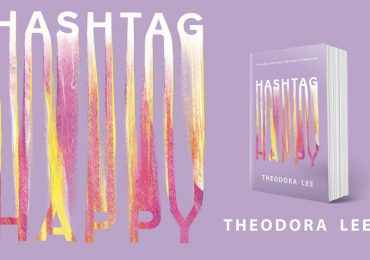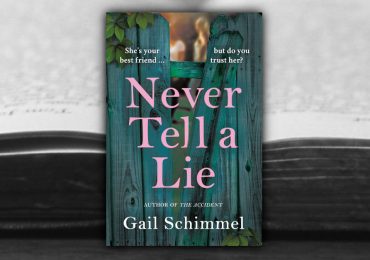Fiona Snyckers’s new novel Lacuna, a response to JM Coetzee’s Disgrace written from the point of view of Lucy Lurie, is out now from Pan Macmillan.
The book is the second to be published recently that responds to a Coetzee novel, after Nthikeng Mohlele’s Michael K, a response to JM Coetzee’s Life and Times of Michael K, which was published by Pan Macmillan last year.
The Lucy of Coetzee’s fictional imaginings is a passive, peaceful creature, almost entirely lacking in agency. She is the lacuna in Coetzee’s novel—the missing piece of the puzzle.
The Lucy Lurie of Fiona Snyckers’ imagination is no one’s lacuna. Her attempts to claw back her life, her voice and her agency may be messy and misguided, but she won’t be silenced. Her rape is not a metaphor. This is her story.
Zukiswa Wanner calls Lacuna ‘a powerful and brilliant critique of both JM Coetzee’s Disgrace and contemporary South Africa’, adding, ‘Fiona Snyckers makes the reader ponder deeply one minute and laugh loudly the next. A must read.’
Eusebius McKaiser was equally full of praise, saying: ‘This book is going to be one of those books we all recognise as one of the most important and best recent novels that have landed in South Africa.’
- Listen to Eusebius McKaiser in conversation with Fiona Snyckers about Lacuna here
- Read an excerpt from Lacuna here
In an interview with Polity SA, Snyckers was asked whether a male writer has the authority to write about a female rape survivor, as Coetzee did in Disgrace.
‘That is a very difficult question and it’s something that I really wrestled with in this book,’ Snyckers said.
‘I started off thinking, no, what gives you the right as a male writer to talk about such an intimate female experience in this way. But in the end I couldn’t stick to it, I had to come down on the side of, anybody can tell any story. I can’t say, “you can only tell this story and you can only tell that story”.
‘But if you are going to tell a story, you must be prepared for criticism, and you must be prepared for somebody to set up a counter-narrative to your story.’





